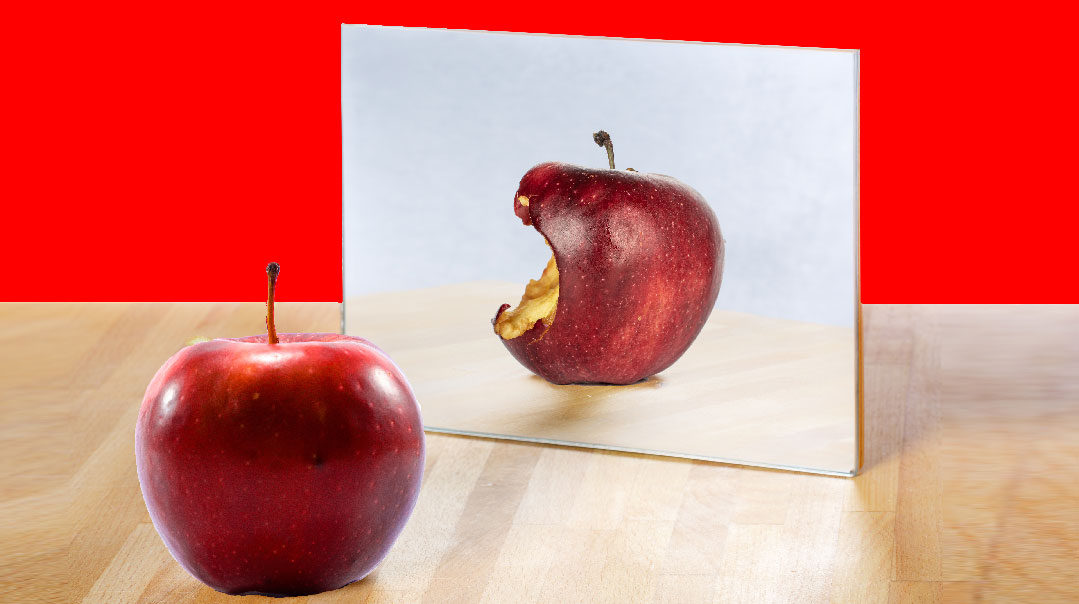Beef from a Beaker


WHERE’’S THE BEEF? Cellular agriculture is a relatively new field but it’’s already creating exciting products all over the world. From realistic tasting milk made from yeast and a berry that tastes 40 times sweeter than sugar to a cellular hamburger that actually ““bleeds”” these lab experiments are being heralded as the food of tomorrow
I n most places anything north of $20 for a hamburger is considered scandalous.
But in the lab of Mark Post at Maastricht University in the Netherlands $20 won’’t buy you the crumbs left on the plate.
In 2013 Post and his team were the first to create a hamburger made entirely in a petri dish. With funding from Google founder Sergey Brin the Masstrich lab took five years to create that burger with a final price tag of $330 000.
That’’s approximately $30 000 a bite. So how did it taste? ““I would say it’’s close to meat ”” said Austrian nutritionist Hanni Ruetzler one of the taste-testers. Because the Maastrich team hasn’’t yet figured out how to add fat to the meat it was one lean burger.
As outrageous as it sounds the experiment is on the cutting edge of a quickly evolving industry. Scientists and entrepreneurs are now envisioning a day when most of the world’’s meat will be grown in huge processing plants where massive petri dishes will propagate meat out of animal cells.
Most of the companies leading the charge into cellular agriculture are motivated by environmental concerns. They are also troubled by the way animals are treated in the huge animal factories where most of America’’s meat is produced.
For these companies cellular agriculture can’’t come soon enough.
““We are destroying the planet through our diet ”” says Shir Friedman cofounder of SuperMeat an Israeli company working on growing chicken meat in the lab. ““We literally can’’t keep doing this. The planet cannot handle it.””
And even if environmental impacts aren’’t your concern the technology promises to produce meat with far fewer costs. An independent study in the Environmental Science and Technology Journal found that lab-grown beef uses 45 percent less energy than the average global representative figure for farming cattle and produces 96 percent less greenhouse gas. Producing this kind of meat also requires 99 percent less land. Maybe that’’s why the meat industry is already investing in the technology scouting out promising companies and starting their own. According to Friedman ““it’’s easier to change technology than to change people’’s eating habits.””
In the words of Alex Shandrovsky founder of L’’chaim Food Tech and a consultant for the world’’s biggest biotech accelerator IndieBio ““the whole way to solve the issue with meat is to take meat out of the equation entirely.””
Food of the Future
The general principle in cellular agriculture (also called ““clean meat””) involves extracting cells from a living animal then growing those cells in a nutrient-rich medium like glucose or yeast. After the cells multiply they are put into smaller dishes where they condense into small strips of muscle about a centimeter long. In the case of the $330000 hamburger it took numerous dishes to produce one patty.
As of now none of the companies working on this technology can produce larger pieces of meat which would require artificial circulatory systems to distribute nutrients and oxygen. Estimates vary but this kind of meat might be available in supermarkets in the next five years.
But will it sell? In a 2012 YouGov survey 62 percent of British adults said they wouldn’’t eat meat grown in a lab. Another poll conducted in Belgium in 2015 showed a greater willingness among participants to try the meat once they were informed about the environmental benefits of lab-grown meat versus traditionally farmed meat.
According to Ryan Bethencourt program director and venture partner at IndieBio the ““yuck factor”” that prevents people from trying clean meat will fade with time. ““From fire onward there has always been resistance to new technology. Even looms faced resistance ”” Bethencourt notes. More recently he says even heart and lung transplants faced resistance from people who feared ““creating Frankensteins.”” (Excerpted from Mishpacha Issue 671)
Oops! We could not locate your form.







